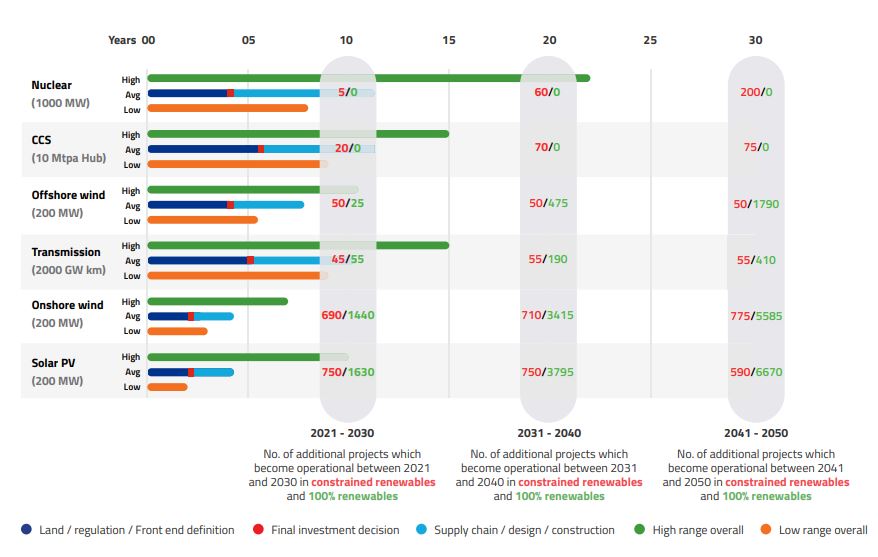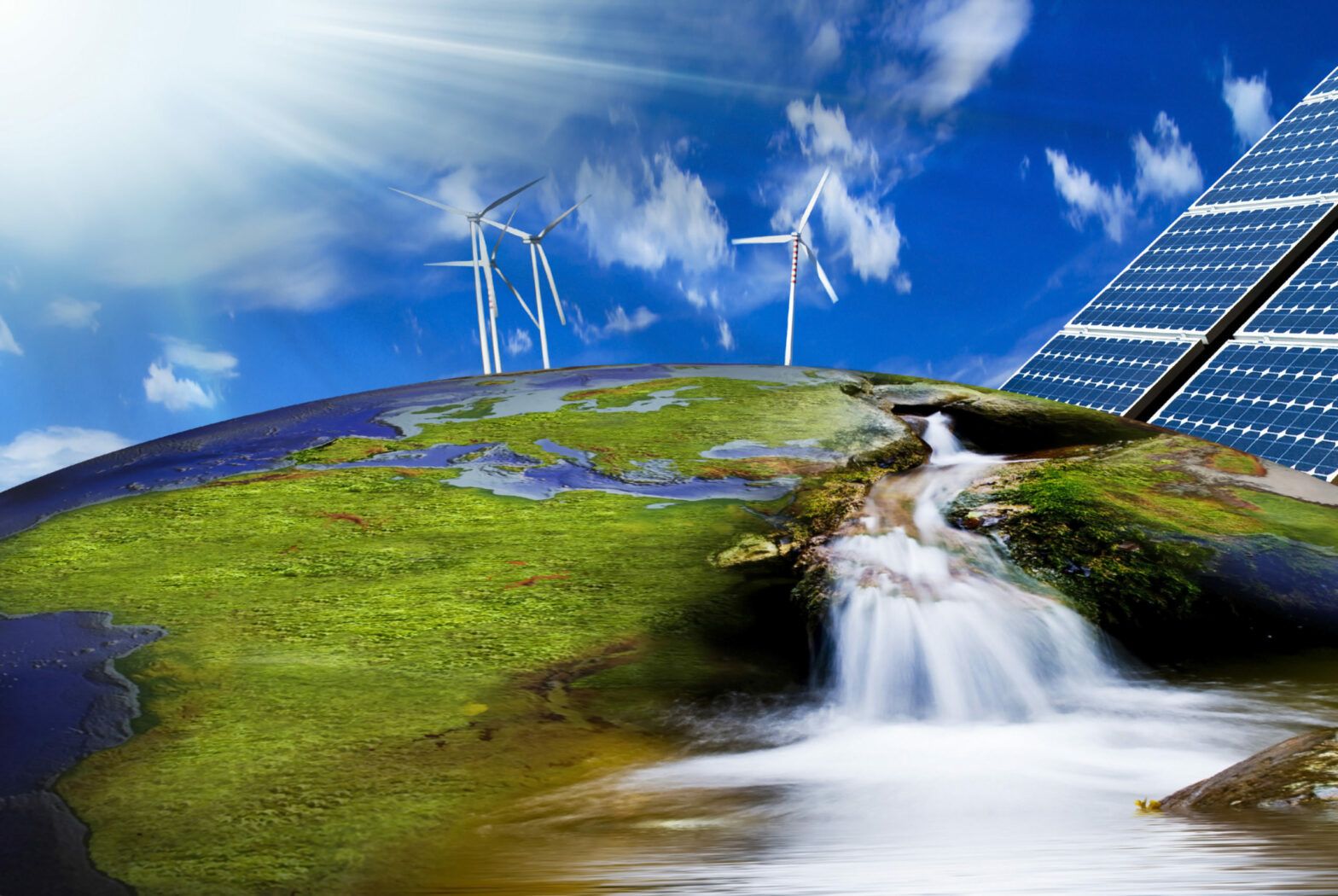Without changing how we think about energy infrastructure and building it at a much faster rate, the US will not reach net zero by 2050, a new report has said.
Authors of From ambition to reality: Weaving the threads of net-zero delivery, by Worley and Princeton E-filliates Partnership, said: “If we develop energy infrastructure the way we always have, we won’t get to net zero by 2050. We might not even get halfway.”
As an example to illustrate the scale of the issue, the report said the US would need to build two 400 MW solar PV power stations – each roughly the land area of 130 Tokyo Olympic stadiums – every week, for the next 30 years.
Government policies are of course needed to help achieve this, but so too is a new way of thinking about building infrastructure.
Princeton identifies several pathways towards net zero, such as clean energy and CO2 capture. For each pathway infrastructure needs to be built faster than ever before. Building things faster means changing the process itself.

Five shifts
The report sets out five ways of thinking that can lead to process change. The first is broadening how value is defined to include environmental and social value. This includes making the energy sector a more attractive employer, strengthening the resiliency of electrical infrastructure so it’s reliable and resistant to cyber-attacks, involving people impacted in planning decisions and being transparent.
The next shift is to keep technology options open, and to keep developing as many decarbonisation technologies as possible.
The third is building many things from one design, standardising as much of the process as possible. This will save time, optimise resources and speed up the supply chain.
Communicating and collaborating with governments, businesses and communities is the fourth change, which will include sharing information openly and forming coalitions.
Finally the report recommends using digital platforms to make things more streamlined and to monitor progress.








